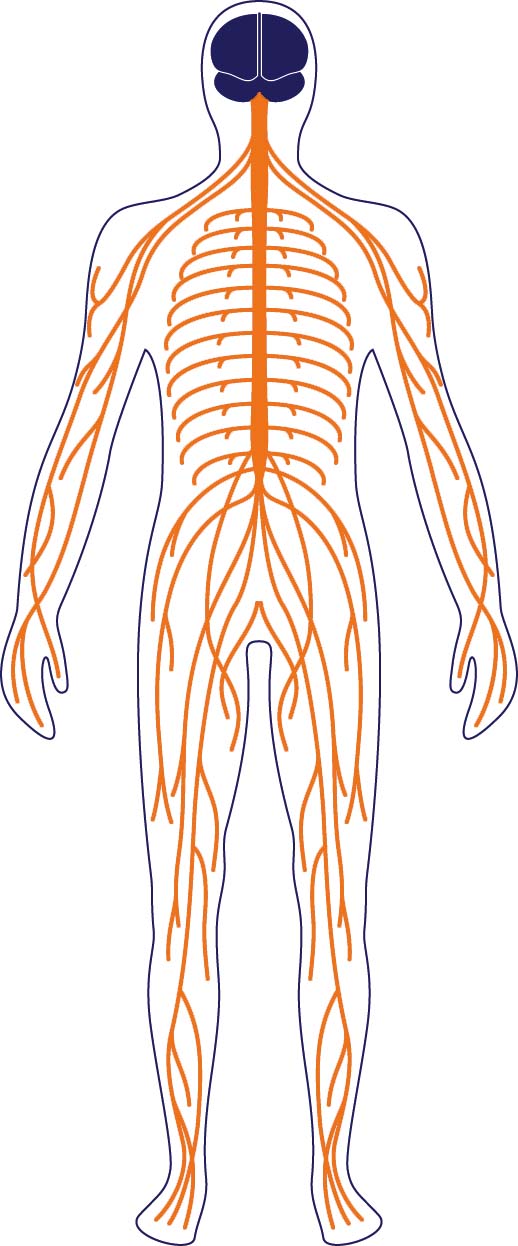0.03: Introduction to Motor Neurone Disease (MND)
A brief introduction to MND, covering what it is and who gets it.
 What is Motor Neurone Disease (MND)?
What is Motor Neurone Disease (MND)?
MND is a fatal, rapidly progressive terminal neurological disease that affects the brain and spinal cord.
It attacks the nerves that control movement: people can still think and feel, but their muscles refuse to work.
It can leave people locked in a failing body, unable to move, talk, and eventually, breathe.
It kills five people every day in the UK - 30% within a year and more than 50% within 2 years of diagnosis.
It has no cure.
Who gets MND?It is an adult illness – most people with it are between 50-70 years. However it can occur at any age.
It affects people from all communities.
90%-95% of people with MND have the sporadic form. This means there is no family history, and it is extremely unlikely to develop in other family members. It is not known exactly what causes sporadic MND.
5-10% of people with MND have the familial form. This means that is there is a family history of MND.
It will affect about 2 people per 100,000 (Incidence).
At any one time there are about 5,000 living with MND in the UK – around 5-7 per 100,000 (Prevalence).
